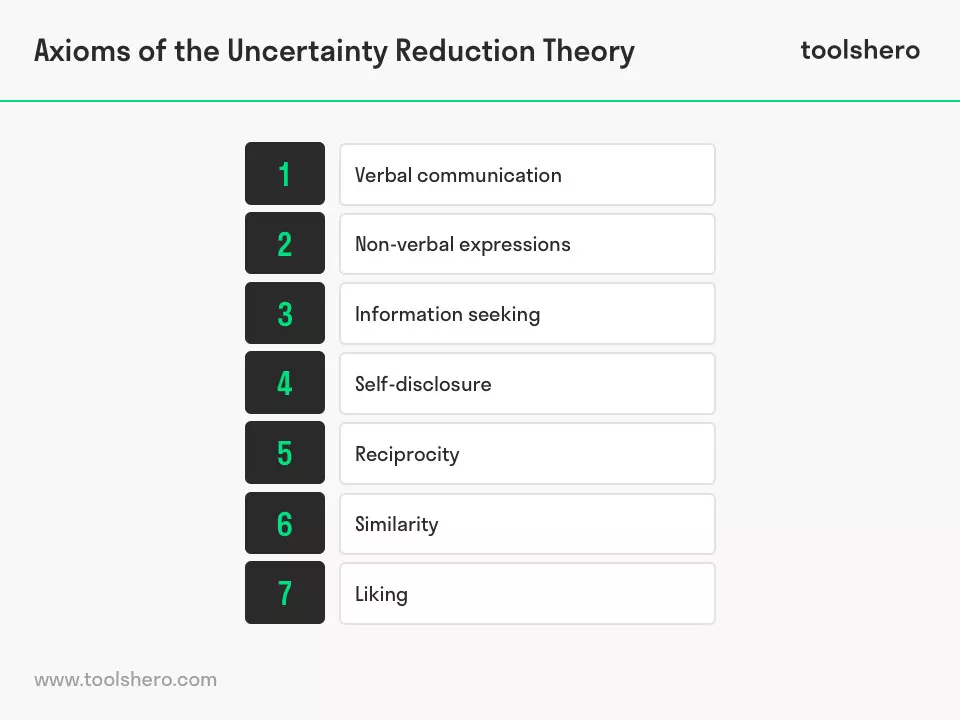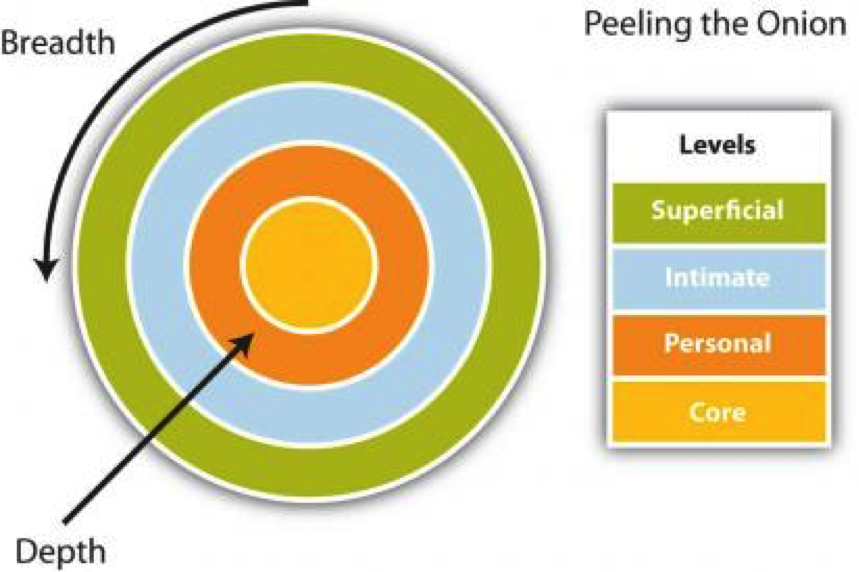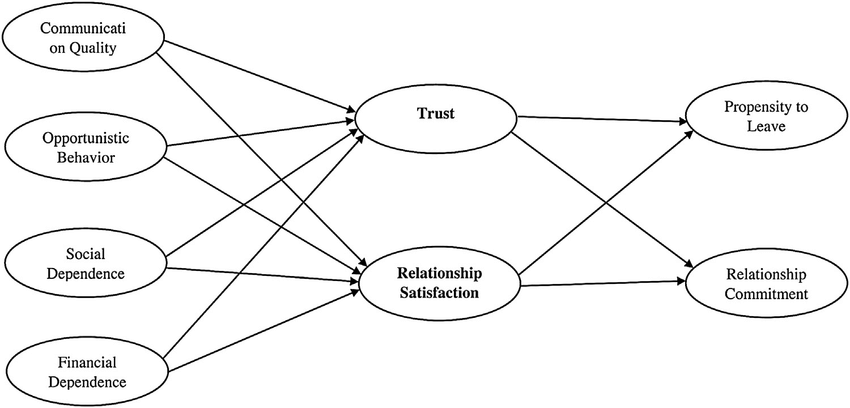Human Construction of Meaning
Construction of Meaning
When human beings interact, we tend to create our own meanings out of what we observe or try to relate the occurrence with a previous one to explain the meaning. Also, we can decide to create the sense of certain symbols, words and behaviour. Then people will adapt to the meaning, therefore, making communication easy. Some theories have explained how we tend to interpolate an occurrence, a conversation or a sign.
Uncertainty Reduction Theory
The theory explains how strangers try to reduce the uncertainty during their first meeting or communication. We are naïve researchers; we will try to predict every occurrence during the conversation. Expecting we will try to explain the meaning of the experience based on a previous experience or the context in which it has occurred (Richrd, 2010). According to Richard (2010), uncertainty occurs when the number of possible uncertainty is many in a situation, and their chances are equal. Therefore, we will have different understanding and explanation. For example, when I entered my Spanish class during the first day of the course, the person sited next to the door smiled. I created different meanings of the behaviour: the person is friendly, trying to know me, likes me, or mistakenly thought she knows me.
Social Penetration Theory
Social penetration refers to relationship bonding, where we take our communication to the next level, for example, from the communication level to a more intimate level (Richrd, 2010). When we say they are close to others, we try to think that others understand what we mean. However, every person will have their meanings and interpretation. Every person will have their view of how close we are to the referred person. It could be we are close because we are friends, lovers, family members or workmates. For example, I am married to John; we attended my friend’s birthday. During the introduction, i introduced John as a close person to me (Richrd, 2010). In my context, I thought people would interpret that we are husband and wife, but they had different interpretations. Some felt that we were workmates or just friends. When told to explain the type of relationship, I said we were husband and wife, and almost everybody was surprised. They all had predicted different relationship levels.
Social Exchange Theory
Social exchange theory explains how people view their relationship with others from an economic perspective. We tally the expense of being in a relationship and compare them with the rewards of being in the relationship. For every relationship to last, the participants require to spend time together without doing other things. Therefore, the time spent together is costly or expense (Richrd, 2010). For example, when I am doing a term paper, and a friend decides to visit together their spouse wanting to talk to me, the time spent will cost me since the assignment will not get attended. When one party of a relationship is exploiting the other party, the association is likely to die. We predict the ties based on how beneficial the relationship is. We need each in their lives since they are social beings.
We will interpret and understand information by attaining coherence and coordination: when stories are told and when they live. In some cases, a hierarchy of individuals gathers together to formulate meanings of information and words gathered. People have different ways of understanding issues. Communication should thus be precise to avoid such circumstances where people interpret situations differently.









